Christopher M. White
Leveraging semantically similar queries for ranking via combining representations
Jun 23, 2021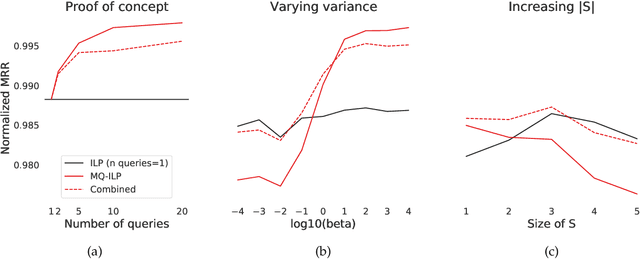
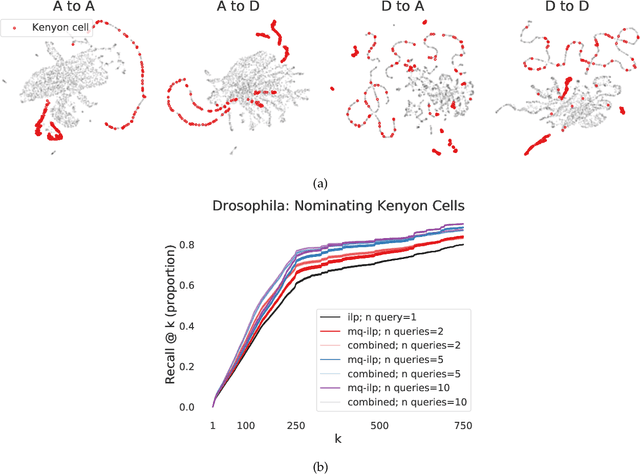
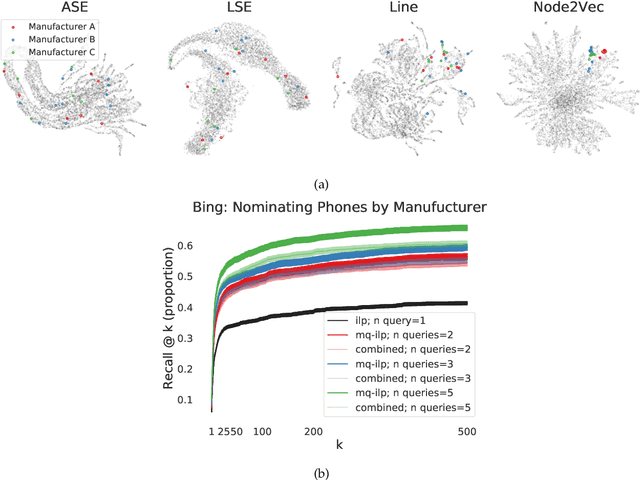
Abstract:In modern ranking problems, different and disparate representations of the items to be ranked are often available. It is sensible, then, to try to combine these representations to improve ranking. Indeed, learning to rank via combining representations is both principled and practical for learning a ranking function for a particular query. In extremely data-scarce settings, however, the amount of labeled data available for a particular query can lead to a highly variable and ineffective ranking function. One way to mitigate the effect of the small amount of data is to leverage information from semantically similar queries. Indeed, as we demonstrate in simulation settings and real data examples, when semantically similar queries are available it is possible to gainfully use them when ranking with respect to a particular query. We describe and explore this phenomenon in the context of the bias-variance trade off and apply it to the data-scarce settings of a Bing navigational graph and the Drosophila larva connectome.
Likelihood-based semi-supervised model selection with applications to speech processing
Nov 20, 2009
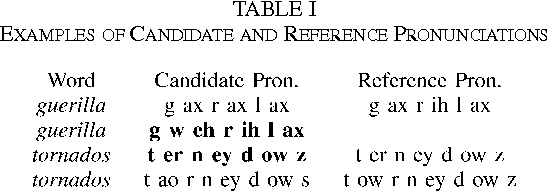
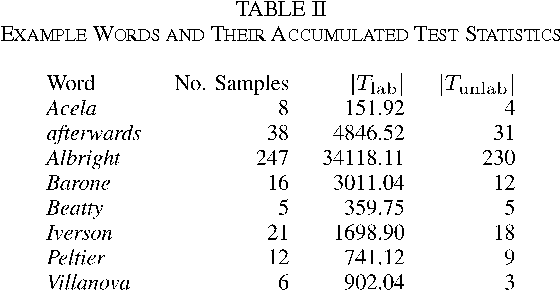
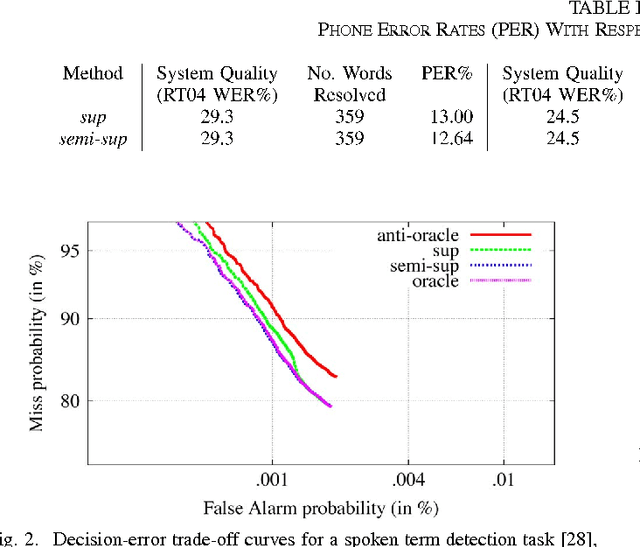
Abstract:In conventional supervised pattern recognition tasks, model selection is typically accomplished by minimizing the classification error rate on a set of so-called development data, subject to ground-truth labeling by human experts or some other means. In the context of speech processing systems and other large-scale practical applications, however, such labeled development data are typically costly and difficult to obtain. This article proposes an alternative semi-supervised framework for likelihood-based model selection that leverages unlabeled data by using trained classifiers representing each model to automatically generate putative labels. The errors that result from this automatic labeling are shown to be amenable to results from robust statistics, which in turn provide for minimax-optimal censored likelihood ratio tests that recover the nonparametric sign test as a limiting case. This approach is then validated experimentally using a state-of-the-art automatic speech recognition system to select between candidate word pronunciations using unlabeled speech data that only potentially contain instances of the words under test. Results provide supporting evidence for the utility of this approach, and suggest that it may also find use in other applications of machine learning.
* 11 pages, 2 figures; submitted for publication
 Add to Chrome
Add to Chrome Add to Firefox
Add to Firefox Add to Edge
Add to Edge